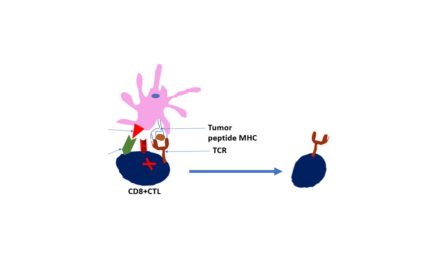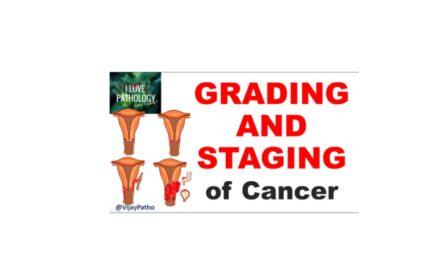WARBURG EFFECT: Hallmark of CANCER. What, Why & How?
- What is Pasteur Effect?
In normal cells, in the presence of adequate oxygen, ATP is generated by oxidative phosphorylation. As the oxygen levels decrease, there is a shift from Oxidative phosphorylation to Glycolysis/Anaerobic glycolysis. This is called PASTEUR EFFECT.
- What is Warburg effect
In Cancer cells there is “aerobic glycolysis” for the generation of energy and not by the regular oxidative phosphorylation as in normal cells ( Despite the availability of adequate oxygen levels). This is called Warburg effect. This was first demonstrated by Otto Heinrich Warburg a German Physiologist when he Observed that cancer cells had increased rates of glycolysis.
- Is this phenomenon Cancer specific?
No! This is evident in rapidly growing normal tissues too as in embryonic tissue. It is a property of growing cells but got “stuck” in cancer cells!! Stuck means its always in ‘switched on’ position… in normal cells the aerobic glycolysis stops once the cell is no longer growing, but in cancer cells, this does not stops because of activation of activation of oncogenes or loss of tumor suppressor genes.
- Why do cancer cells activate glycolysis despite the presence of oxygen?
- Assures ATP synthesis when tumor outgrows its oxygen supply
- The metabolic intermediates of AEROBIC GLYCOLYSIS provides raw material for the synthesis of cellular components in these rapidly dividing tumor cells! And also favor tumor growth
- Release of acid lowers extracellular pH which favors tumor invasion and suppresses immune effectors
- How do the cancer cells manage to activate glycolysis despite the presence of oxygen?
This happens by Overexpression of Hypoxia inducible factor 1 ( HIF 1). This Increases transcription of many genes which Codes proteins favoring cancer like proteins favoring glucose metabolism, apoptosis resistance and angiogenesis.
- HIF-1 increases glucose uptake by upregulating GLUT1 expression.
- HIF-1 increases glucose phosphorylation by upregulating hexokinase 2 expression
- Increase in HIF-1 has similar effect as loss of p53 function( results in greater glycolytic flux, reduced pyruvate oxidation, and reduced production of ATP by oxidative phosphorylation)
The other explanations are
- Down regulation of mitochondrial enzymes and decrease in the number of mitochondria
- Mitochondrial defects due to mutations in mitochondrial DNA leading to malfunction of oxidative phosphorylation
- What is Significance of understanding Warburg effect ?
Diagnostic significance: This property of “glucose hunger” is used in PET scanning of solid tumors, where 18F-flourodeoxyglucose, a nonmetabolizable glucose derivative of glucose is used where this is preferentially taken by tumor cells/rapidly dividing cells.
Therapeutic significance: Numerous Glycolytic inhibitors have been developed which can be potential anticancer drugs
Conclusion :
- Warburg effect is a growth promoting metabolic alteration in cancer cells
- One of the Hallmarks of Cancer!
- lots of explanations are given for this effect.
- However the exact cause and its value,.. As of now still remains elusive!
Watch the video tutorial here!
[/su_youtube]





